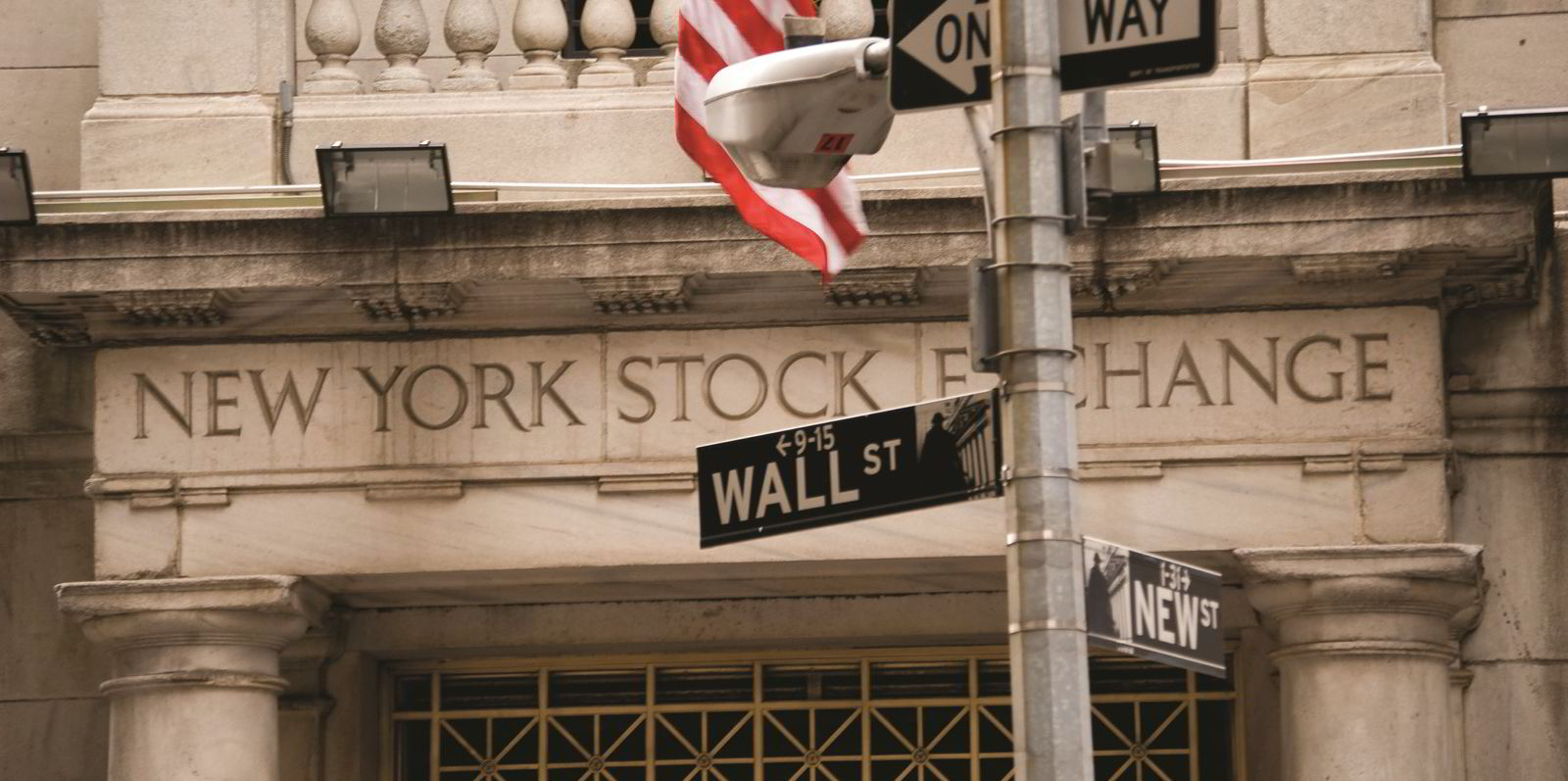It was not the debut they had in mind.
Fresh off the high of completing shipping's first New York initial public offering since 2015, Israeli containership liner Zim sold off badly in the first hour of trading on the New York Stock Exchange (NYSE), plunging 20%.
The weakness persisted into mid-afternoon. After trading 4.5m shares, Zim was at $11.55, a loss of 23% from the open. It closed at $11.52.
That type of debut has been typical of shipowners that cobbled together a weak investor book to get an IPO done over the past 20 years, with far too many owners trading down from the deal pricing during that time.
Indeed, Zim settled for a $15 price that was below its target $16 to $19 range, and also sold fewer shares than intended, in order to get the $217.5m deal done.
It originally targeted as much as $332m in proceeds from the intended sales of 17.5m shares.
This was exclusive of a 15% underwriters' overallotment option, which could still come into play — but not if Zim continues to trade as it did on Thursday. The stock must rise above the deal price in the next 30 days for the underwriters' so-called “green shoe” to become viable.
While finance sources said the company had done well on Wednesday to price the deal on a terrible day for the broader market, the opposite was true on Thursday. Zim bled share value as all three major market indices — the Dow, the S&P 500 and Nasdaq — gained close to 1%.
Zim became the first mainstream shipowner to be successfully listed on the NYSE since shipowner Peter Georgiopoulos pushed crude tanker company Gener8 Maritime over the line in June 2015.
Citigroup, Goldman Sachs & Co and Barclays were the global coordinators for the IPO, while Jefferies and Clarksons Platou Securities acted as joint bookrunners.
Zim tapped the NYSE to add working capital and create a public market for its shares, which would allow it to access equity markets in the future.
In its draft prospectus, the company said it intends “to use the net proceeds from the offering to support long-term growth initiatives, including investing in vessels, containers and other digital initiatives, to strengthen its capital structure, to foster financial flexibility and for general corporate purposes”.
A global, asset-light container liner, Zim is ranked the 10th-largest operator by aggregate fleet capacity. It owns just one vessel, with its remaining 69 ships controlled through charter deals.






